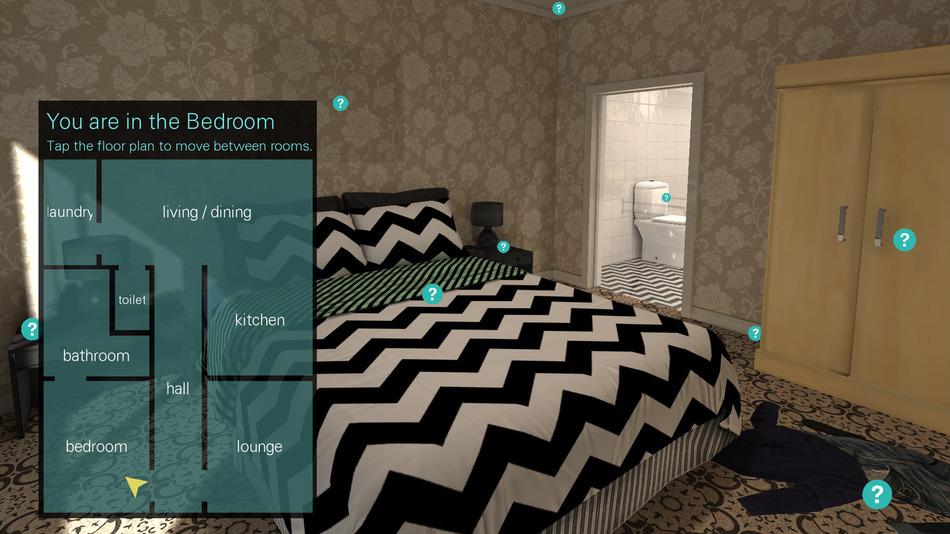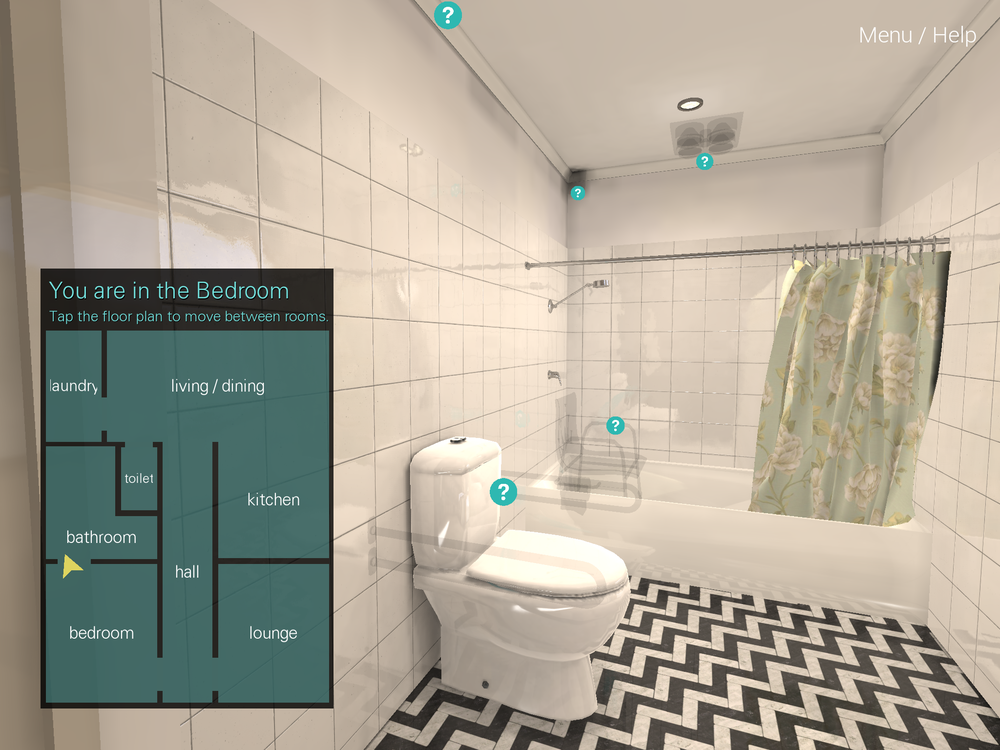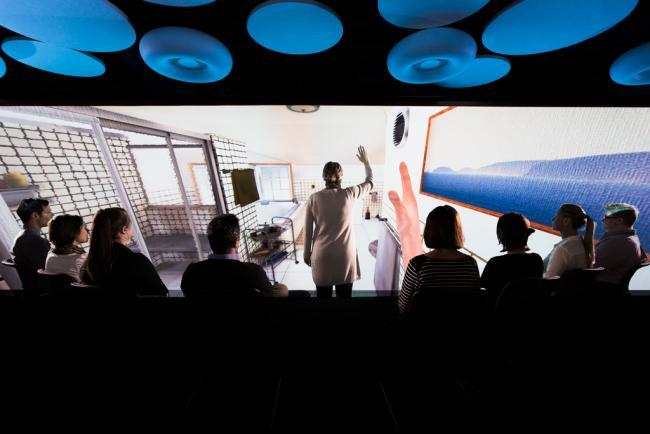 According to the Alzheimer’s Association, the condition known as dementia is a “general term for a decline in mental ability severe enough to interfere with daily life.” This condition is marked by memory loss, and Alzheimer’s disease, more frequently diagnosed in elderly people, is the most common form of dementia. Impeding people’s ability to live independently, dementia is a condition that frequently requires assisted living quarters or live-in support. People suffering from dementia frequently require help performing daily activities such as bathing, dressing, and preparing meals. As more and more people enter their senior years, we will see a larger population of people diagnosed with this condition needing help. This is why Australian academics at the University of Wollongong have compiled ten “Dementia Enabling Environment Principles,” which have also inspired a new virtual home application that educates people on the best living arrangements for people diagnosed with dementia.
According to the Alzheimer’s Association, the condition known as dementia is a “general term for a decline in mental ability severe enough to interfere with daily life.” This condition is marked by memory loss, and Alzheimer’s disease, more frequently diagnosed in elderly people, is the most common form of dementia. Impeding people’s ability to live independently, dementia is a condition that frequently requires assisted living quarters or live-in support. People suffering from dementia frequently require help performing daily activities such as bathing, dressing, and preparing meals. As more and more people enter their senior years, we will see a larger population of people diagnosed with this condition needing help. This is why Australian academics at the University of Wollongong have compiled ten “Dementia Enabling Environment Principles,” which have also inspired a new virtual home application that educates people on the best living arrangements for people diagnosed with dementia.
The “Dementia Enabling Environment Principles” — created by Professor Richard Fleming and Kristy Bennett — are based on design principles that help those living with dementia maximize their well being through physical design. These ten principles include: unobtrusively reduce risks; provide a human scale; allow people to see and be seen; reduce unhelpful and optimize helpful stimulation; support movement and engagement; create a familiar space; provide opportunities to be alone or with others; provide links to the community; and respond to a vision for way of life.
All of these principles are very relevant and helpful to those living with dementia, but since there are ten different principles here, they could be difficult for anyone to remember. Whether you are the one experiencing dementia, a caregiver, or concerned friend or family member, you’ll want to keep these principles in mind. Fortunately, Fleming and Bennett’s principles have inspired a new virtual app created by Alzheimer’s Australia Vic using the game development tool Unreal Engine.
 Tanya Petrovich, Alzheimer’s Australia Vic’s Business Development Manager, explained that this app, entitled “The Dementia-Friendly Home,” can be used with tablets (the app costs A$1.99 on the App Store and A$2.99 from the Google Play Store) and it targets the exact group most likely to need this information.
Tanya Petrovich, Alzheimer’s Australia Vic’s Business Development Manager, explained that this app, entitled “The Dementia-Friendly Home,” can be used with tablets (the app costs A$1.99 on the App Store and A$2.99 from the Google Play Store) and it targets the exact group most likely to need this information.
“Our audience is usually in that 50-plus age group, because they are looking after their partner or their professional careers,” Petrovich said. “This is not for gamers … so far, the response has been fantastic.”
The app works by allowing you to take a virtual tour of a home designed according to the ten dementia-friendly principles, and the app provides information based on features you can tap in the virtual home environment. One example that Petrovich offers: you can tap a bedspread with a busy design, like zig zags, and learn how that kind of fabric can be confusing for someone with dementia. You can also learn how to positively use colors:
“White on white is also a very challenging environment. The lack of contrast in colours is a hindrance for them to be able to find the basin verses the toilet, so really simple things like putting a different coloured toilet seat [can help].”
To further extend the reach of this important educational campaign, Alzheimer’s Australia Vic also hopes to use Samsung Gear virtual reality headsets so people can experience how dementia patients live in the world via a Virtual Dementia Experience.
The idea, in general, is not to rely on text to communicate information about living with dementia, and it appears that the Dementia-Friendly Home app and the Virtual Dementia Experience (see below video) are both excellent ways to educate people using visually-based platforms. Do you think these apps would be helpful? Discuss in the Virtual Dementia Friendly App forum over at 3DPB.com.
Subscribe to Our Email Newsletter
Stay up-to-date on all the latest news from the 3D printing industry and receive information and offers from third party vendors.
You May Also Like
New Report: Semiconductor Industry to See $1.4B in 3D Printing Revenues by 2032
“The semiconductor sector has become the most strategically significant area of global industry.” Truer words are hard to come by when it comes to the modern world, and they are...
Will Photonic-Crystal Lasers Revolutionize 3D Printing?
Powder bed fusion (PBF) for metals and polymers predominantly utilizes lasers as the primary heat source. Some directed energy deposition (DED) technologies also employ lasers, while various vat polymerization methods...
3D Printing Unpeeled: Orbex Investment, IndoMIM and HP, Ultrasonic Waves
INDO-MIM has bought three HP Metal Jet S100 printers, operating two in India and one in Texas. This is a win for HP because the company has deep experience in...
3D Printing Webinar and Event Roundup: April 21, 2024
It’s another busy week of webinars and events, starting with Hannover Messe in Germany and continuing with Metalcasting Congress, Chinaplas, TechBlick’s Innovation Festival, and more. Stratasys continues its advanced training...

































